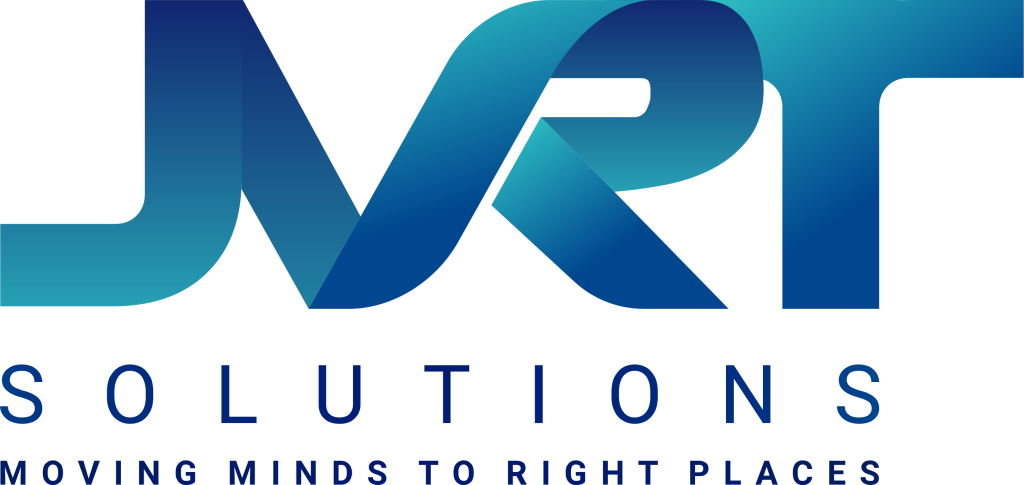Product Development
Product development typically refers to all stages involved in bringing a product from concept or idea through market release and beyond. In other words, product development incorporates a product’s entire journey.
Standard Stages of Progress in Product Development
There are many steps to this process, and it’s not the same path for every organization, but these are the most common stages through which products typically progress:
Identifying a market need.
Products solve problems. So identifying a problem that needs solving (or a better way of being solved) is where this journey should begin. Conversations with potential customers, surveys, and other user research activities can inform this step.
Quantifying the opportunity.
Not every problem is problematic enough to warrant a product-based solution. However, the pain it causes and the number of people or organizations it impacts can determine whether it’s a worthy problem to solve and if people are willing to pay for a solution (be it with money or their data).
Conceptualizing the product.
Some solutions may be obvious, while others may be less intuitive. Here’s where the team puts in the effort and applies their creativity to devising how a product might serve its needs.
Validating the solution.
Before too much time is spent prototyping and design, whether the proposed solution is viable should be tested. Of course, this can still happen at the conceptual level. Still, it is an early test to see whether the particular product idea is worth pursuing further or if it will be rejected or only lightly adopted by the target user.
Building the product roadmap.
With a legitimate product concept in hand, product management can build out the product roadmap, identifying which themes and goals are central to develop first to solve the most significant pain points and spark adoption.
Developing a minimum viable product (MVP).
This initial version of the product needs just enough functionality to be used by customers.
Releasing the MVP to users.
Experiments can gauge interest, prioritize marketing channels and messages, and begin testing the waters around price sensitivity and packaging. It also kicks off the feedback loop to bring ideas, complaints, and suggestions into the prioritization process and populate the product backlog.
Ongoing iteration based on user feedback and strategic goals.
With a product in the market, enhancements, expansions, and changes will be driven by user feedback via various channels. Over time the product roadmap will evolve based on this learning and the objectives the company sets for this product. This work never ends until it’s finally time to sunset a product at the end of its lifecycle.
